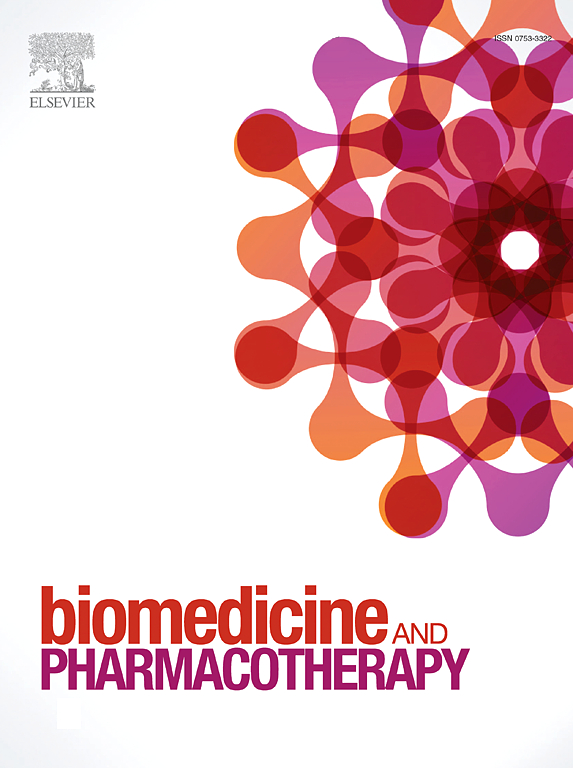他汀类药物与非酒精性脂肪肝:简明综述。
IF 6.9
2区 医学
Q1 MEDICINE, RESEARCH & EXPERIMENTAL
引用次数: 0
摘要
非酒精性脂肪性肝病(NAFLD)是一种常见的肝脏代谢综合征,影响全世界20- 30% 成人人口。这种疾病包括单纯性脂肪变性和非酒精性脂肪性肝炎,对心血管和代谢疾病有很大的风险。生活方式的改变对NAFLD的治疗至关重要;然而,患者的依从性仍然具有挑战性。由于没有特定的治疗方法,正在研究药物重新定位作为一种替代策略。他汀类药物以其降胆固醇作用而闻名,被认为是NAFLD的潜在干预措施。这篇综述旨在介绍他汀类药物在NAFLD背景下对肝脏生理的影响。NAFLD的病理生理包括脂肪变性、炎症和纤维化,这些会因血脂异常和胰岛素抵抗而加剧。他汀类药物抑制3-羟基-3-甲基戊二酰辅酶a还原酶,除降低胆固醇外,还具有多种作用,并影响与炎症、纤维生成、氧化应激和微循环相关的途径。尽管临床指南支持使用他汀类药物治疗NAFLD患者的血脂异常,但需要更多的研究来证明其对肝脏疾病的疗效。这一综合综述为进一步研究他汀类药物治疗NAFLD的潜力奠定了基础。本文章由计算机程序翻译,如有差异,请以英文原文为准。
Statins and non-alcoholic fatty liver disease: A concise review
Non-alcoholic fatty liver disease (NAFLD) is a common hepatic manifestation of metabolic syndrome affecting 20–30 % of the adult population worldwide. This disease, which includes simple steatosis and non-alcoholic steatohepatitis, poses a significant risk for cardiovascular and metabolic diseases. Lifestyle modifications are crucial in the treatment of NAFLD; however, patient adherence remains challenging. As there is no specific treatment, drug repositioning is being researched as an alternative strategy. Statins, which are known for their cholesterol-lowering effects, are considered potential interventions for NAFLD. This review aimed to present the current understanding of the effects of statins on liver physiology in the context of NAFLD. The pathophysiology of NAFLD includes steatosis, inflammation, and fibrosis, which are exacerbated by dyslipidemia and insulin resistance. Statins, which inhibit 3-hydroxy-3-methylglutaryl-CoA reductase, have pleiotropic effects beyond cholesterol-lowering and affect pathways related to inflammation, fibrogenesis, oxidative stress, and microcirculation. Although clinical guidelines support the use of statins for dyslipidemia in patients with NAFLD, more studies are needed to demonstrate their efficacy in liver disease. This comprehensive review serves as a foundation for future studies on the therapeutic potential of statins in NAFLD.
求助全文
通过发布文献求助,成功后即可免费获取论文全文。
去求助
来源期刊
CiteScore
11.90
自引率
2.70%
发文量
1621
审稿时长
48 days
期刊介绍:
Biomedicine & Pharmacotherapy stands as a multidisciplinary journal, presenting a spectrum of original research reports, reviews, and communications in the realms of clinical and basic medicine, as well as pharmacology. The journal spans various fields, including Cancer, Nutriceutics, Neurodegenerative, Cardiac, and Infectious Diseases.

 求助内容:
求助内容: 应助结果提醒方式:
应助结果提醒方式:


